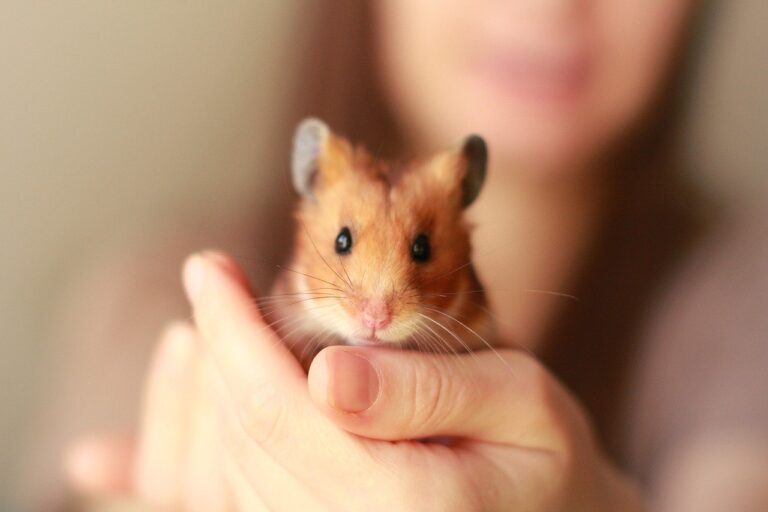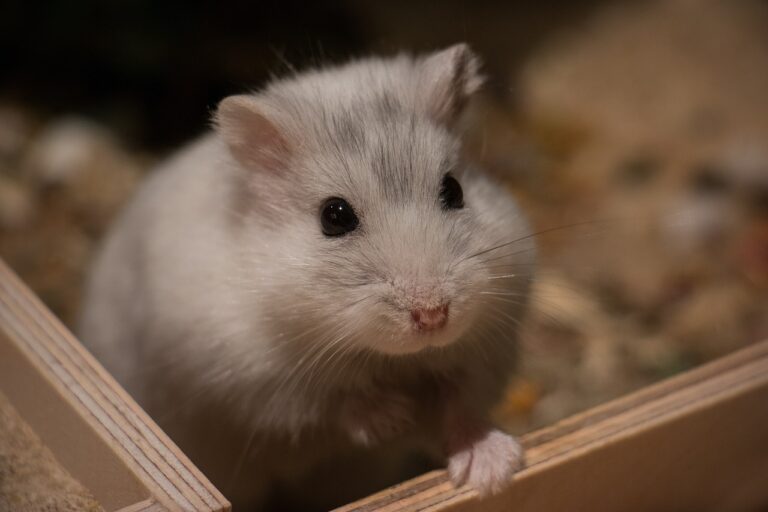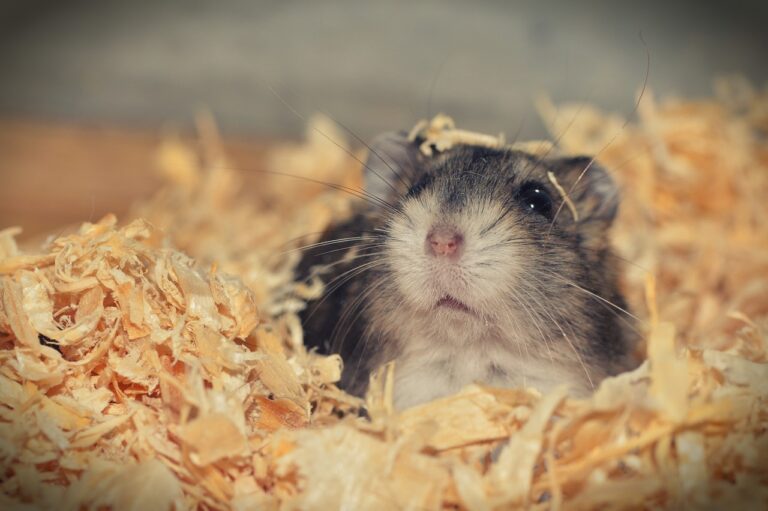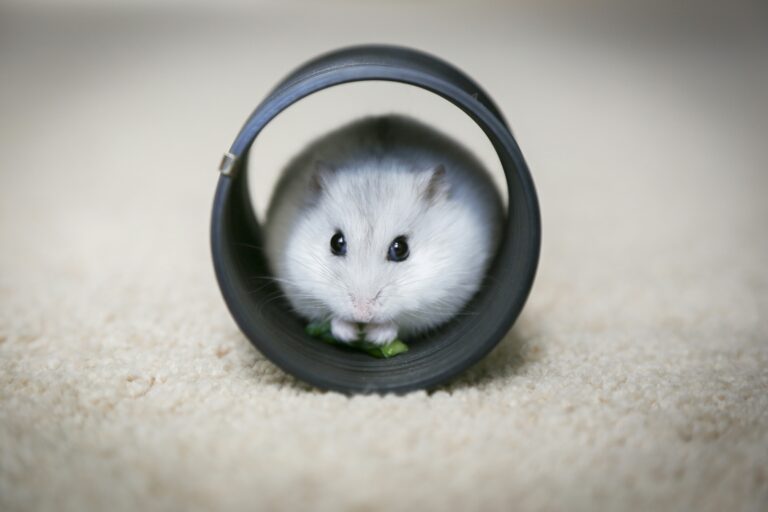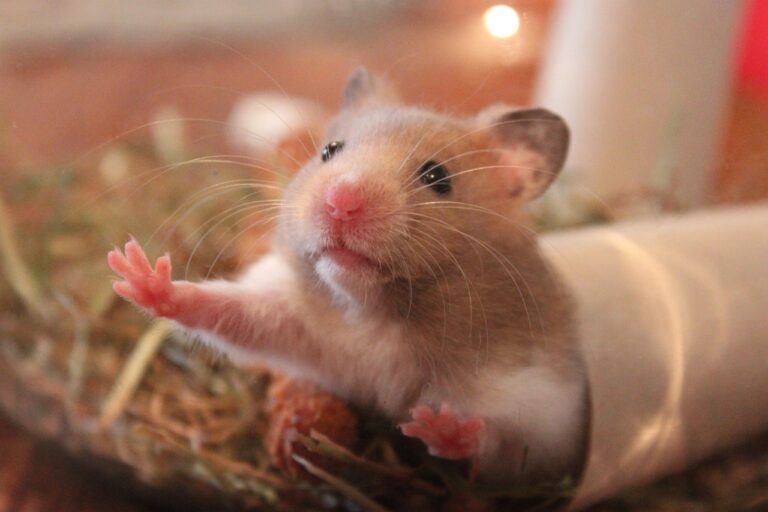All About the Hamster Breeds: Choosing the Right One for You
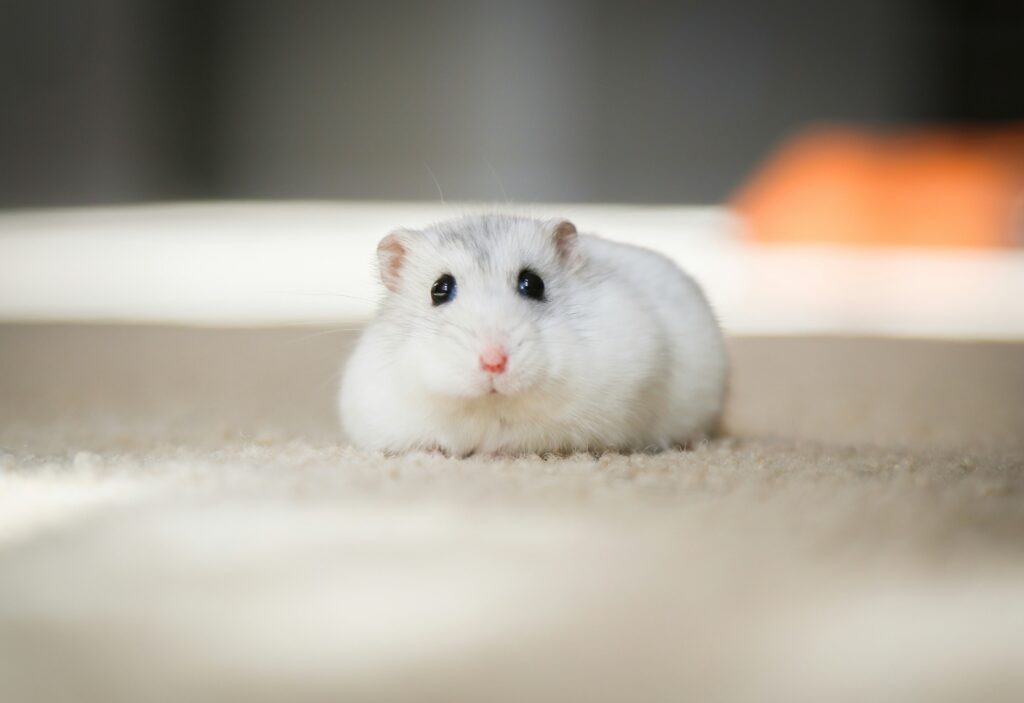
With their small size, adorable appearance, and playful personalities, hamsters make fantastic pets for individuals and families alike. However, with several breeds to choose from, each with its own unique characteristics and care requirements, selecting the right hamster for your lifestyle and preferences can be a daunting task.
In this guide, we’ll explore the various hamster breeds, their personalities, care needs, and suitability as pets, to help you make an informed decision.
Syrian Hamsters (Golden Hamsters, Teddy Bear)
Characteristics: Syrian hamsters, also known as golden hamsters, are the largest pet hamster breed, typically weighing 3 to 5 ounces and measuring 5 to 7 inches in length. They come in a variety of colors and coat patterns, including golden, cream, and cinnamon. Syrian hamsters have a robust build and a distinctive cheek pouch on each side of their face, which they use to store food.
Personality: Syrian hamsters are solitary creatures and must be housed alone to prevent fighting. They are known for their friendly and curious nature, making them excellent pets for handling and interaction. Syrian hamsters enjoy exploring their environment, running on exercise wheels, and nesting in cozy bedding.
Care Requirements: Syrian hamsters require a spacious cage with plenty of room for exercise and enrichment. A cage with a minimum size of 24 inches long, 12 inches wide, and 12 inches tall is recommended, but your hamster will be much happier with a bit more space. Provide plenty of bedding for burrowing, as well as tunnels, climbing structures, and hiding spots. Syrian hamsters thrive on a diet of high-quality hamster pellets supplemented with fresh fruits, vegetables, and occasional treats. Regular handling and socialization are essential to maintain their friendly temperament.
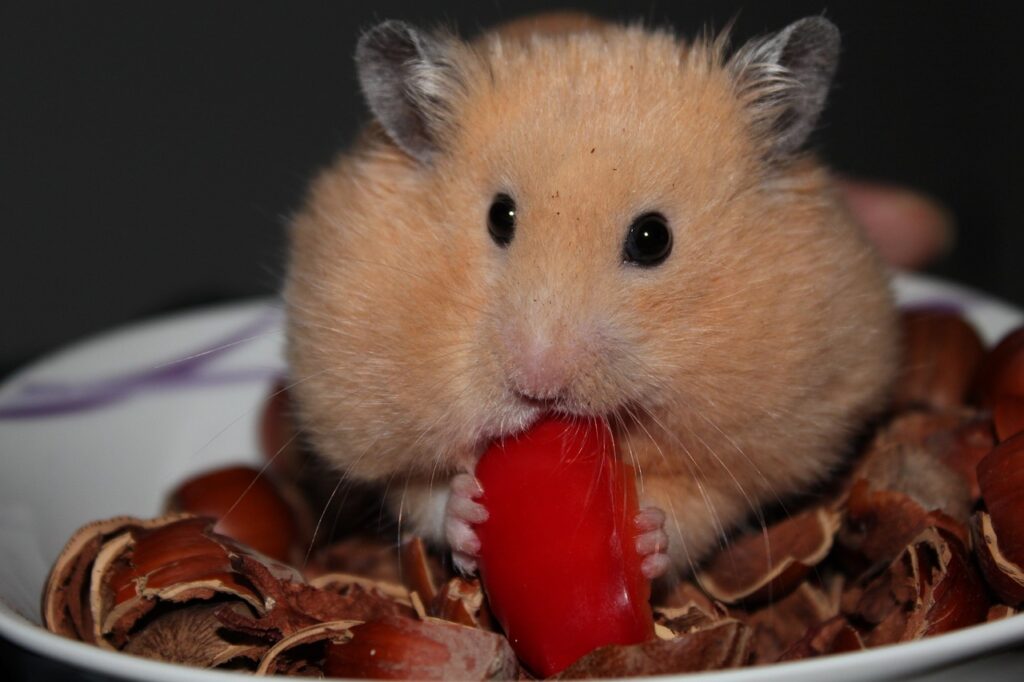
Dwarf Hamsters (Campbell’s, Winter White, Roborovski)
Characteristics: Dwarf hamsters are smaller in size compared to Syrian hamsters, typically weighing 1 to 2 ounces and measuring around 2 to 4 inches in length. Roborocski, or “Robo” hamsters are the smallest of the dwarf hamsters and typically weigh 0.71 to 0.88 ounces and measure about 2 inches in length. Popular breeds of dwarf hamsters include Campbell’s dwarf hamsters, Winter White dwarf hamsters, and Roborovski dwarf hamsters. They have a compact body shape and come in a variety of colors, including gray, brown, and white.
Personality: Dwarf hamsters are social creatures that can live in same-sex pairs or small groups. They are energetic and playful, often engaging in activities such as burrowing, climbing, and running on wheels. Dwarf hamsters are known for their inquisitive nature and enjoy exploring their environment.
Care Requirements: Dwarf hamsters require a similarly spacious cage as Syrian hamsters, with plenty of enrichment to keep them mentally stimulated. Due to their small size, they may require smaller accessories and toys. Provide bedding for burrowing, as well as tunnels, tubes, and platforms for climbing and exploration. Dwarf hamsters have similar dietary needs to Syrian hamsters and should be fed a balanced diet of hamster pellets, fresh vegetables, and occasional treats. Regular socialization and handling are important to maintain their sociable temperament.

Chinese Hamsters
Characteristics: Chinese hamsters have a slender body shape and a long, rat-like tail, distinguishing them from other hamster breeds. They typically measure around 4 to 5 inches in length and have a gray-brown coat with a dark dorsal stripe. Chinese hamsters are often mistaken for mice due to their appearance.
Personality: Chinese hamsters are solitary by nature and should be housed alone to prevent aggression. They are known for their gentle and shy disposition, making them more suitable for observation rather than frequent handling. Chinese hamsters are cautious and may take time to warm up to their owners.
Care Requirements: Chinese hamsters require a spacious cage with secure ventilation, as they are sensitive to high temperatures and humidity. Provide plenty of bedding for burrowing, as well as hiding spots and climbing structures. Chinese hamsters have similar dietary needs to other hamster breeds and should be fed a balanced diet of hamster pellets, fresh vegetables, and occasional treats. While they may be less interactive than Syrian or dwarf hamsters, Chinese hamsters still benefit from regular socialization and gentle handling to build trust with their owners.
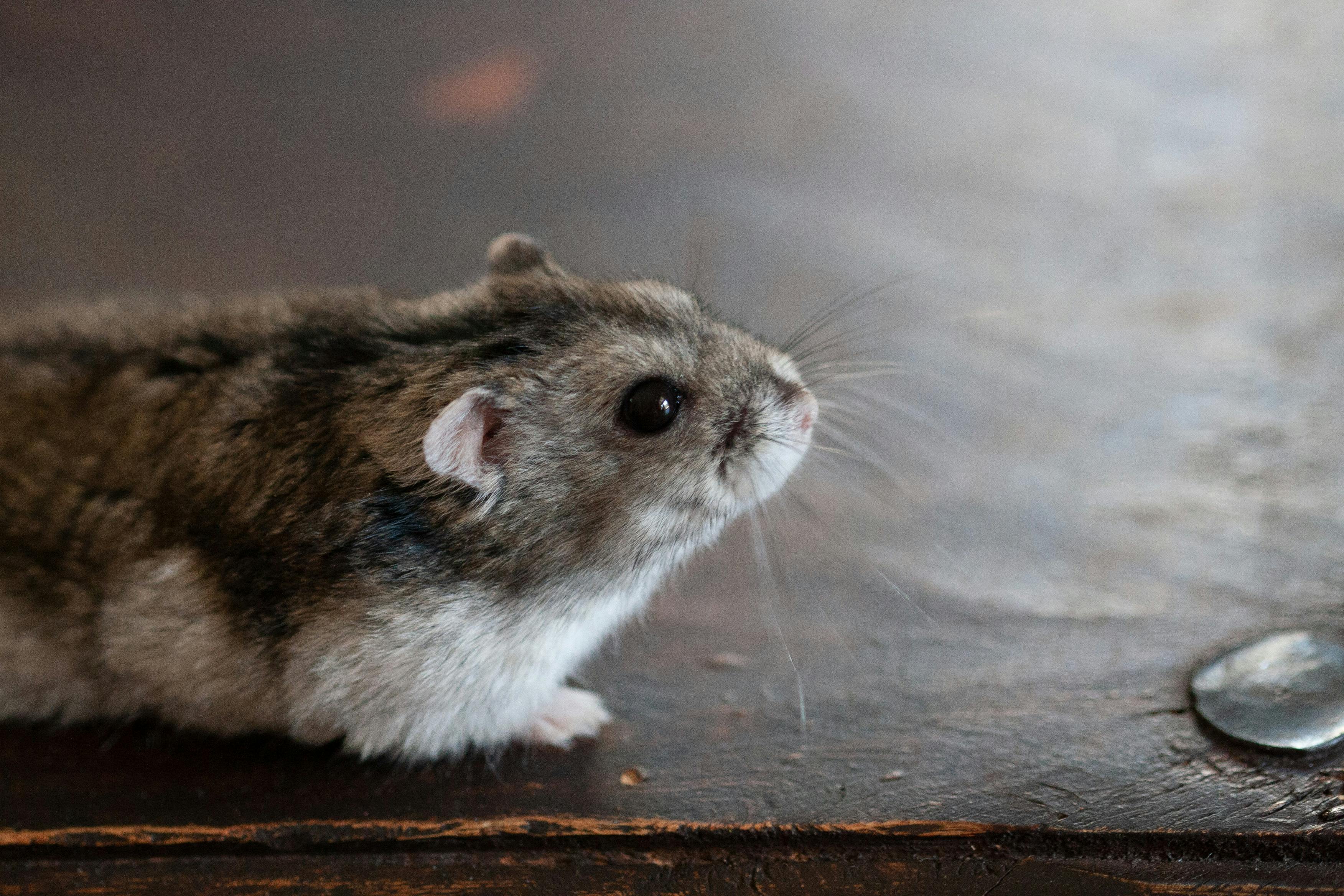
Conclusion
Choosing the right hamster breed involves careful consideration of factors such as size, personality, and care requirements. Whether you opt for a friendly Syrian hamster, a sociable dwarf hamster, or a shy Chinese hamster, providing proper care and attention will help foster a rewarding bond with your furry companion.
By understanding the unique characteristics and needs of each hamster breed, you can make an informed decision that suits your lifestyle and preferences. Remember to research thoroughly, provide appropriate housing and enrichment, and enjoy the companionship of your chosen hamster breed!

